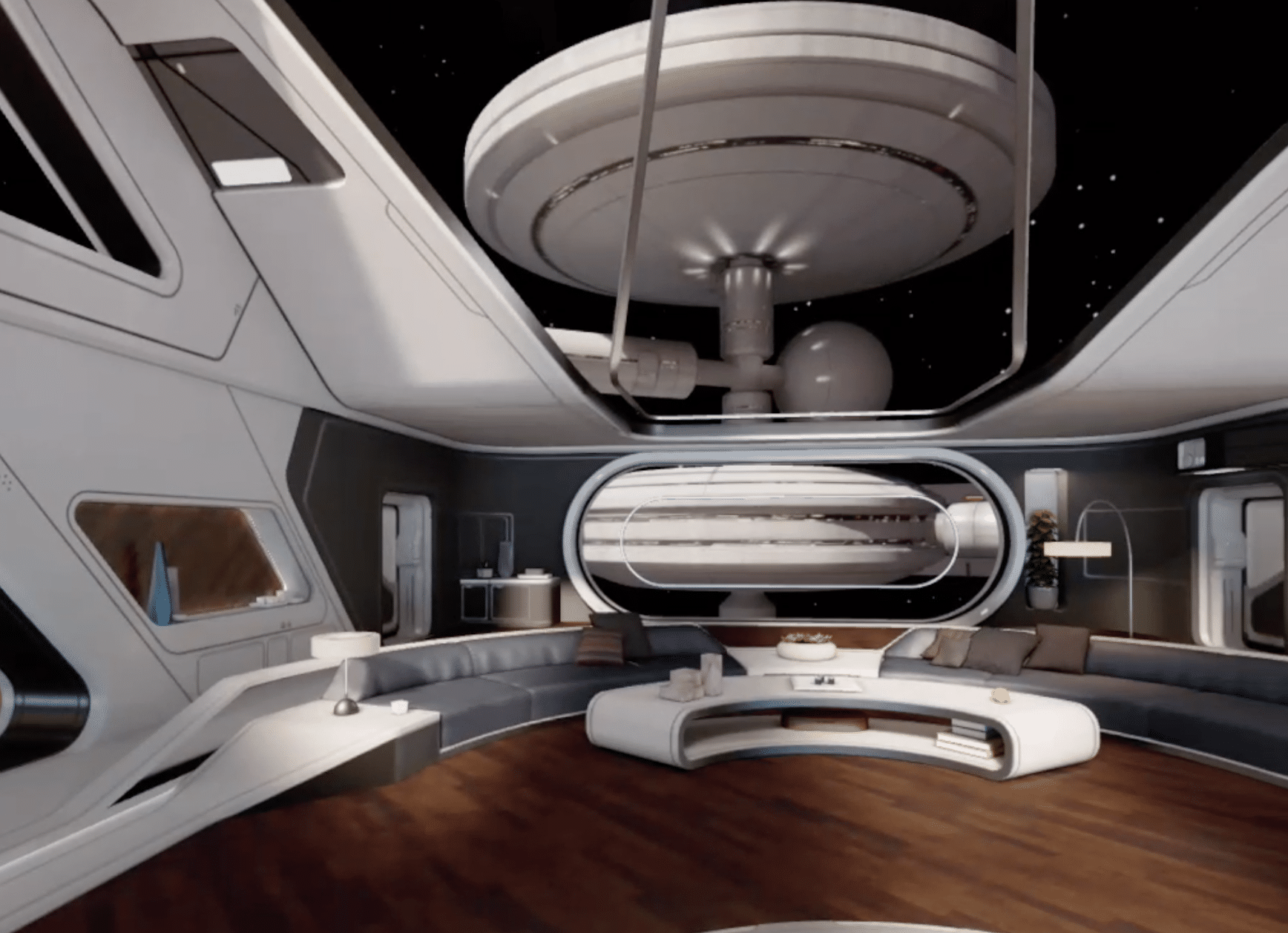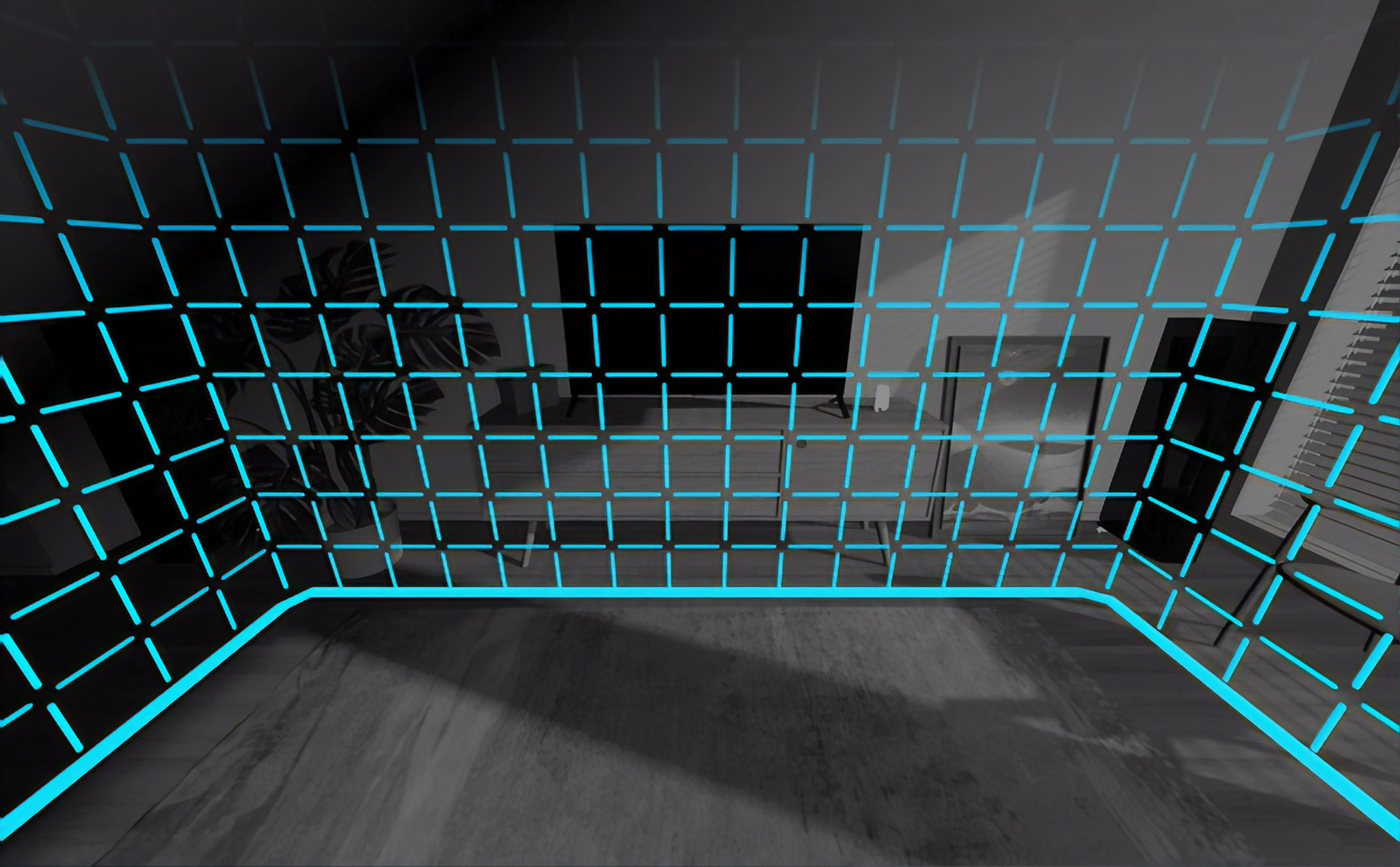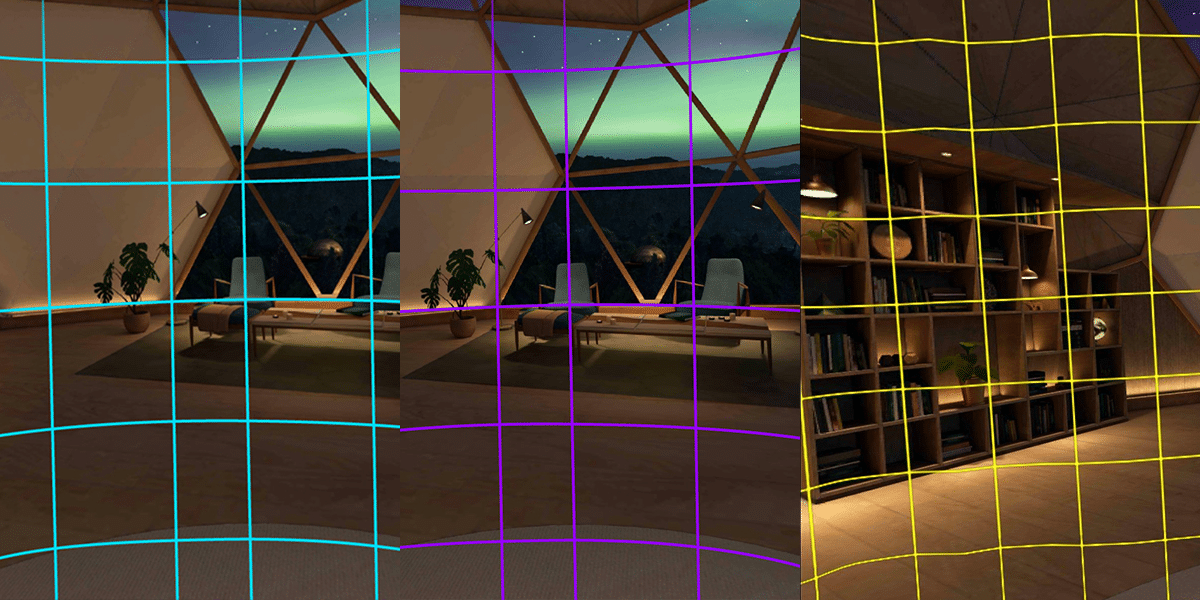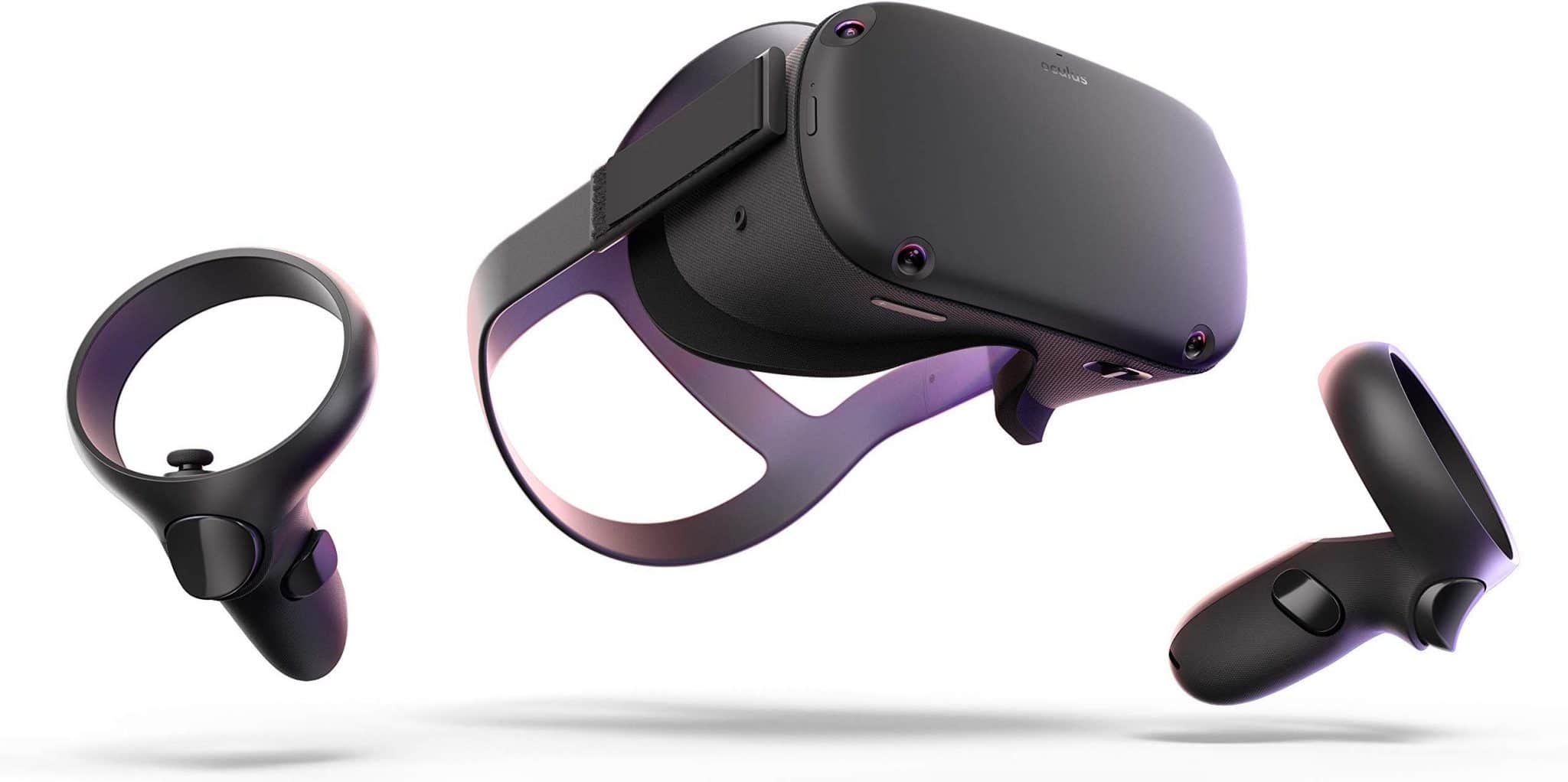Just picked up an Oculus Quest? Then check out our little-known Oculus Quest beginner tips to get up and running in VR in no time!
The Oculus Quest is a fantastic headset – right out of the box, a new user has so much to explore and can intuitively get immersed into the world (or worlds) of VR. However, if you’re a beginner just starting out with the headset, you might be looking to enhance your experience and dig a bit deeper into the features and settings. We’ve summed up 10 of the best features or settings that you might not know about if you’re a VR beginner or a brand new Oculus Quest owner. Don’t forget to read our list of the best 25 Oculus Quest games from the Oculus Store, too!
Oculus Quest Beginner Tips
1. Oculus Link
Perhaps the biggest feature on this list is Oculus Link. If you’re just getting into VR and own a Quest, there’s a chance you might not know about the headset’s best post-launch feature: the ability to play PC VR games on the Quest while you remain connected to a VR-ready PC with a cable.
Oculus Link allows Quest owners with a VR-ready PC to connect the headset to their computer via a USB cable and play PC VR content, both on the Oculus Store and other sources like SteamVR, while they remain connected via the cable. It works with the vast majority of USB cables that are 2.0 and above – it’ll even work with the cable that comes in the Quest box (you might need to purchase a USB C to A adapter if your computer doesn’t have a port for the former though).
Just download the Oculus PC software, plug your Quest in and you’re good to go.
2. Changing Home Environments
By default, your Quest is set to a standard, comfy home environment called the Quest Dome. However, that’s not your only option! If you go to the Virtual Environments tab in Settings, you’ll be able to choose between several other alternative environments for your Quest home, including a winter lodge, a spaceship and the original classic Rift home.
You’ll also be able to select an AR passthrough option — this will overlay the Quest menu onto a live feed from the passthrough cameras on the Quest, essentially giving you an AR-like overlay for a menu screen. This is a great option if you frequently use Oculus Link, as it will allow you to locate your link cord, reposition it or plug it into your computer without taking off your headset.
3. Disable Positional Tracking — 3DoF Mode
Okay, now for some really in-depth Oculus Quest beginner tips. By default, the Quest runs with 6DoF (6 degrees of freedom) tracking for both the headset and the controllers. This means that not only does the Quest track your head movements (turning, tilting, rotating) but also tracks your head’s position through space. This is what allows you to move around in a virtual environment in a 1:1 capacity, matching your physical movement in the real world.
In some very niche circumstances, you may not want to track your head’s positional data. For example, if you wanted to watch a movie on your Quest in bed in the dark, turning positional tracking off will let you do so without worrying about the tracking going haywire in the low light. If you go to Settings -> Device, you can scroll down and toggle off the Tracking switch. This will essentially mean your headset is only tracked in 3DoF — you can still use your controllers and the device, but any physical movement through space will be ignored by the device.
This means that if you move, the virtual world will move with you, tethered to your head. There’s only a few circumstances where you would want to use this mode, but it’s useful to know nonetheless.
4. AR Passthrough Shortcut
This handy shortcut will let you quickly turn on the passthrough camera view on your Quest no matter what you’re doing. You can use it to check your surroundings mid-session, allowing you to locate something like a water bottle without taking off your headset. You can do this by firmly double tapping anywhere on the side of you headset — we’ve found the velcro part of the strap works best.
However, the feature isn’t on by default and is still considered experimental, so you have to enable it in settings. Simply open up Settings on your Quest, go to Experimental Features and toggle Passthrough Shortcut on. We’ve found that it works well most of the time, but sometimes the Quest might accidentally turn on the passthrough cameras when you haven’t made a double-tap — see how well it works for you, there’s always the option to turn it off again.
5. Guardian Boundary Sensitivity
The Quest’s guardian boundary works pretty well as is, but did you know that you can fine-tune its sensitivity in the settings? If you go to Settings -> Guardian, you can adjust the sensitivity of your guardian, which will alter the distance at which the guardian net will appear to alert you when you’re getting too close.
For example, a high guardian sensitivity would adjust the distance so that it appeared sooner than it would with the default setting, if that’s what you want. Likewise, you could turn it down so it only appears at the very last second.
You can also adjust your guardian color in the settings too, changing it from the default blue to purple or yellow instead.
6. Glanceable Boundary
Another guardian setting, found in the same area, is a toggle to turn on the ‘Glanceable Guardian’ setting. This means that the outline your guardian (not the full ‘net’) will automatically appear on the ground when you glance towards the floor. Depending on what game you’re playing, this can be useful to quickly find your bearings mid-game and move back into the center of your playspace before you hit something accidentally.
7. Night Display
The Night Display feature can be enabled in settings or in the quick access menu and works similar to equivalent features on phones or computers. If enabled, the Quest will produce a warmer display image, removing some of the blue light emitted from the display. While this will change the visuals of everything, the removal of blue light is said to place less strain on your eyes and won’t disturb your body’s natural circadian rhythm. The biggest benefit for this is to prevent late night VR sessions from keeping you awake if you plan to sleep soon after. If you’re just watching some videos or relaxing in VR at night, this option lets you give your eyes a bit of relief and prevents disturbing your sleep cycle.
8. Chromecast
The Quest has the ability to cast its view to a Chromecast receiver, such as your TV, which allows others to watch what’s happening in VR and follow along as you play. You don’t have to enable anything specific for the feature to work — just ensure that the receiver and the Quest are on the same Wi-Fi network, and the option should show up in the Oculus app on your phone. You can read more specifics here.
9. Video Recording
Ever been in a VR game and wanted to capture an epic moment? Well, you can easily do so — the Quest has a built-in video recorder that will capture footage of whatever you’re doing in VR.
To start recording, simply go to the Share tab of the menu and click on the recording button. When you’re finished capturing your footage, just press the same button to stop recording. You can watch these videos in Oculus Gallery or connect the Quest to your computer to transfer them off the device and view them elsewhere.
10. Re-centering View
A super handy trick that every Oculus Quest user should know is how to quickly re-center your view. This can be useful if the app you’re using is centered close to the edge of your boundary, for example, and you want to re-center it back in the middle of your playspace.
To re-center your guardian, simply hold down the Oculus button on your right Touch controller at any time. It’s that easy!
Those are our top 10 Oculus Quest beginner tips. What are your tips? Let us know in the comments below.






























